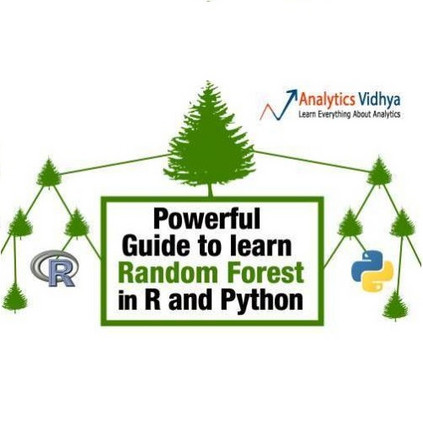Estimating heterogeneous treatment effects from observational data is a crucial task across many fields, helping policy and decision-makers take better actions. There has been recent progress on robust and efficient methods for estimating the conditional average treatment effect (CATE) function, but these methods often do not take into account the risk of hidden confounding, which could arbitrarily and unknowingly bias any causal estimate based on observational data. We propose a meta-learner called the B-Learner, which can efficiently learn sharp bounds on the CATE function under limits on the level of hidden confounding. We derive the B-Learner by adapting recent results for sharp and valid bounds of the average treatment effect (Dorn et al., 2021) into the framework given by Kallus & Oprescu (2022) for robust and model-agnostic learning of distributional treatment effects. The B-Learner can use any function estimator such as random forests and deep neural networks, and we prove its estimates are valid, sharp, efficient, and have a quasi-oracle property with respect to the constituent estimators under more general conditions than existing methods. Semi-synthetic experimental comparisons validate the theoretical findings, and we use real-world data demonstrate how the method might be used in practice.
翻译:从观测数据中估计异质性治疗效应是许多领域中的重要任务,有助于政策和决策者采取更好的行动。近年来,在估计条件平均处理效应(CATE)函数的健壮有效方法方面取得了进展,但这些方法通常不考虑隐藏混杂的风险,后者可能会任意和无法预知地偏差基于观测数据的任何因果估计。我们提出了一种称为B-Learner的元学习者,它可以在隐含混杂的水平限制下有效地学习CATE函数的尖锐界限。我们通过将最近针对平均处理效应的尖锐和有效界限(Dorn等人,2021)的结果调整为Kallus&Oprescu(2022)的框架,为鲁棒和模型不可知的分布式治疗效果的学习提供界面概述了B-Learner。B-Learner可以使用任何函数估计器,例如随机森林和深度神经网络,我们证明了其估计值的有效性,尖锐性,效率和在比现有方法更一般的条件下具有准奥拉克尔属性。半合成实验比较验证了理论结果,并且我们使用实际数据证明了该方法可以在实践中如何使用。


